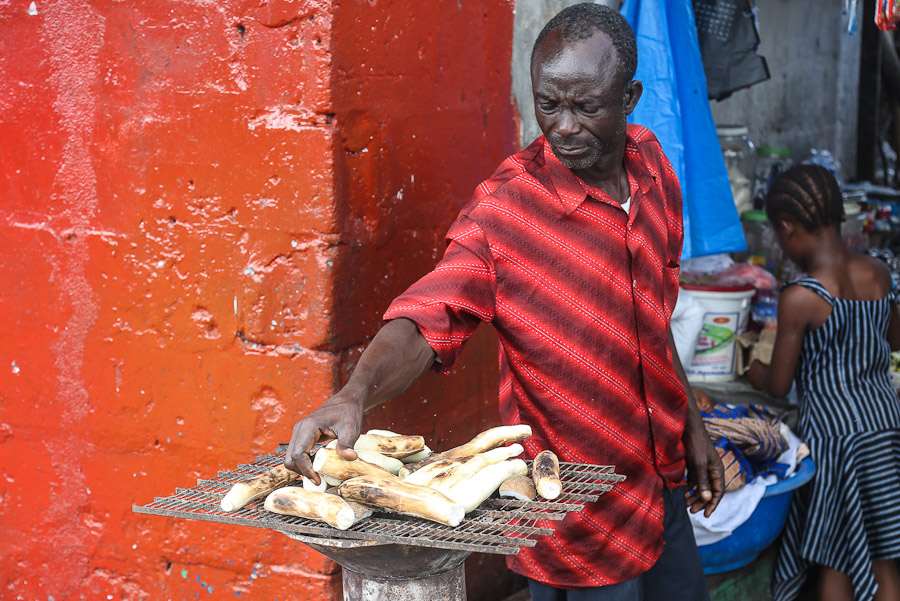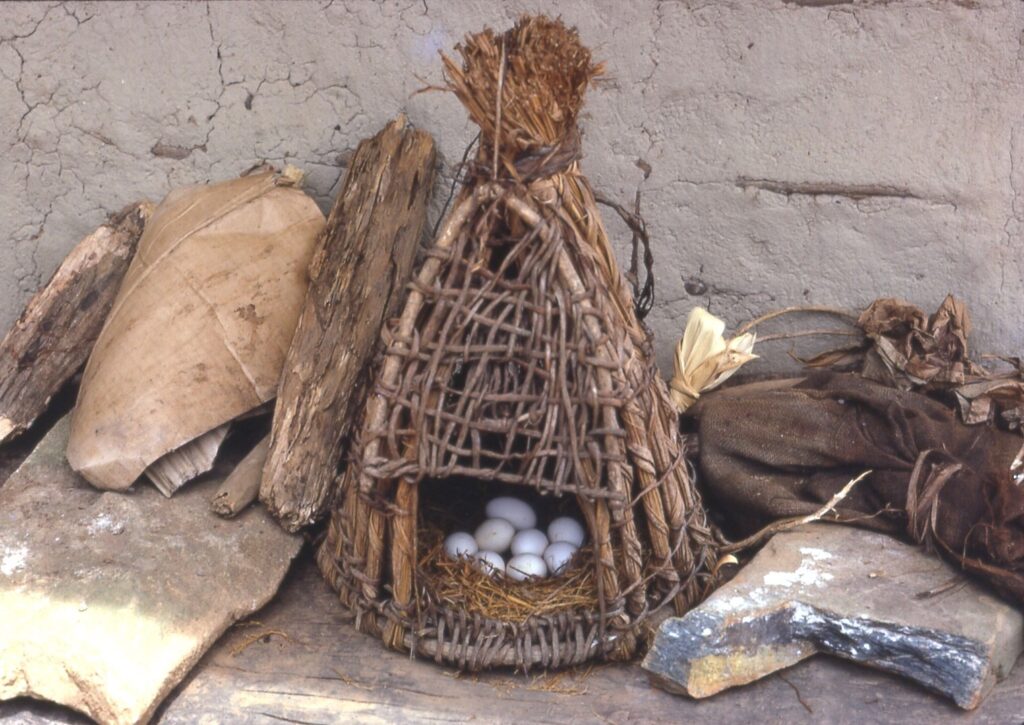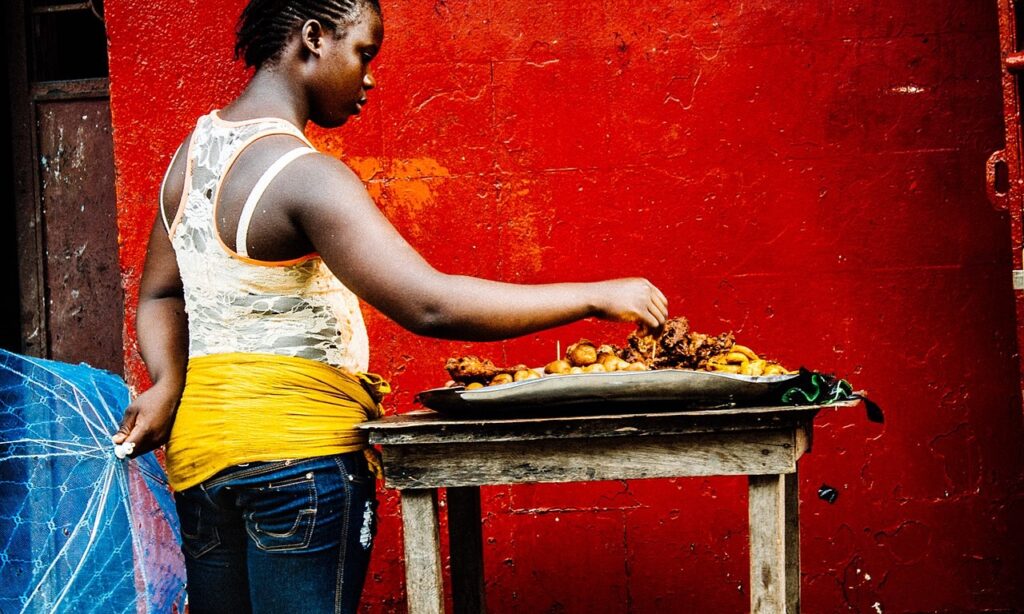That the price of food has been steadily increasing all over the world in the last few years is a fact all of have been unhappily observing. But have you ever considered that the cost of livestock feed can drive prices further – and leave people hungrier?

Food Insecurity
Agriculture as a whole is a major contributor to the Liberian GDP – fisheries and agriculture together account for more than 29%, nearly 1/3 – though, like many West African countries, the majority of agricultural efforts are small-scale rain-fed subsistence farming.[1] While some staples, such as cassava, are mostly produced locally, Liberia imports a great deal of the food it needs, including most of its rice. A staple of the Liberian diet and making up nearly 50% of an adult’s caloric intake, the country produces only 1/3 of the rice it needs.[2]
Liberia and its agriculture sector have seen their share of strife. Prolonged civil unrest through the ‘90s and early 2000s, the 2014 Ebola outbreak, and more recent COVID-19 pandemic have all taken their toll. So has climate change. Droughts and floods can wipe out entire crops, leaving families hungry and impoverished. These conditions have led to increases in food insecurity and hunger throughout Liberia. More than half of the Liberian population lives in poverty, and as local food becomes scarcer and global prices continue to rise, more and more people are experiencing food insecurity and multidimensional poverty.
Want to Know More?
Check out this USAID Fact Sheet!

Livestock
Meat is a commodity that many Liberians enjoy. Demand is on the rise, too, by local restaurants and hotels seeking local commercial sources as well as individuals. Production, however, is down.
While we are all conscious of the rising price of food, one factor that is often overlooked is the price of animal feed. Whether keeping animals for meat, eggs, or milk, to feed a single family or to sell to a resort, those animals need to eat in order to grow and produce. Maize (corn) is a key animal feed, especially for chickens, and while it can be found in Liberia, it isn’t grown on a large scale. In fact, those who raise chickens or other corn-fed animals generally purchase the feed, and at considerable cost. In fact, many travel to Guinea or Cote d’Ivoire in order to procure feed – which adds in the further cost of fuel for transportation.[3] This has resulted in less meat, eggs, or milk being produced, and fewer animals being raised. The result is less to sell and less to eat.
Not Just for Eating
While animal husbandry also focuses on consumption of animal products, whether over time with a product such as milk or once with meat, animals are more than just a source of food.
Livestock play a major role in sustainable food systems – for example, manure is a critical source of natural fertilizer, while livestock used as draft animals can help boost productivity in regions where there is low mechanization.
There are, therefore, many effects of a farmer being unable to afford an animal’s feed. As in humans, insufficient food can stunt the growth of young animals, delaying the use for profit or food, and for an animal who helps in the field, starvation or the lack of veterinary care can increase a farmer’s workload exponentially and lower a field’s productivity. All of which leaves a family hungry. As with humans, medications for ailing animals are a further cost of animal husbandry. Purchasing medications is rarely easy or cheap, however; most are ordered from other countries – some as far away as the U.S. – the cost of which can be prohibitive in spite of the animal’s use to a family.
As recent global conflicts have overtaken the world’s top grain- and fertilizer-producing regions, farmers can afford less and less. The rising costs of animal husbandry further digs the trench of food insecurity deeper in a country where 38.9% of the population is undernourished.[4]
Further Resources:
[1] https://www.trade.gov/country-commercial-guides/liberia-agricultural-sectors
[2] https://www.worldbank.org/en/news/press-release/2023/07/18/liberia-economic-update-improved-rice-production-is-critical-for-food-security-and-poverty-alleviation
[3] https://gnnliberia.com/liberia-fao-sign-agreement-to-increase-animal-feed-production/
[4] https://reliefweb.int/report/liberia/liberia-food-security-fact-sheet-july-2022
